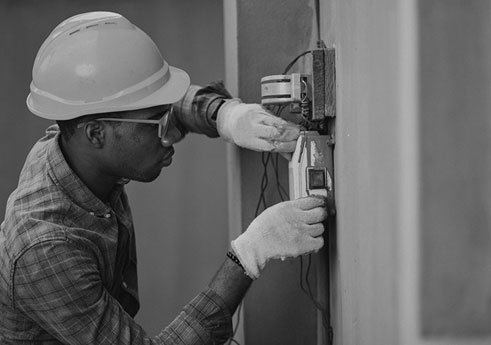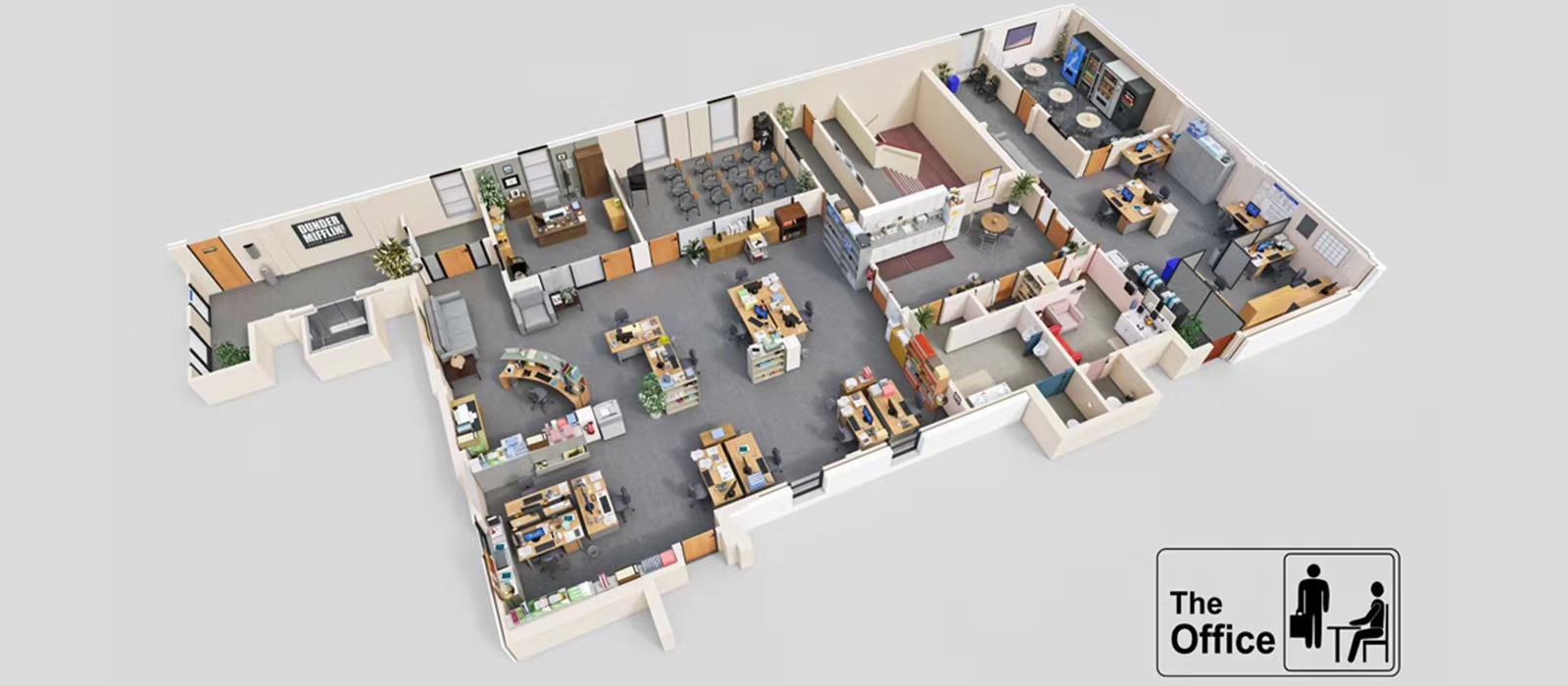
The Importance of Office Lighting: Creating a Productive and Healthy Workplace
Office lighting is a crucial aspect of workplace design that can significantly impact employee performance, health, and job satisfaction. Incorporating natural light, optimizing artificial lighting, considering color temperature, addressing glare and shadows, and promoting energy efficiency are essential steps in creating a productive and healthy work environment. Embracing innovative concepts like human-centric lighting can further enhance the well-being of employees, ultimately contributing to the success of the organization as a whole. A well-thought-out lighting strategy is an investment that yields positive returns in the form of a happier, more engaged, and motivated workforce.

Introduction
Office lighting is a critical element that significantly impacts the productivity, health, and overall well-being of employees in a workplace. The right lighting design can create a conducive environment for work, foster a positive atmosphere, and enhance the overall experience for both employees and visitors. In this article, we will explore the importance of office lighting and its various aspects, shedding light on how it can be optimized for better outcomes.
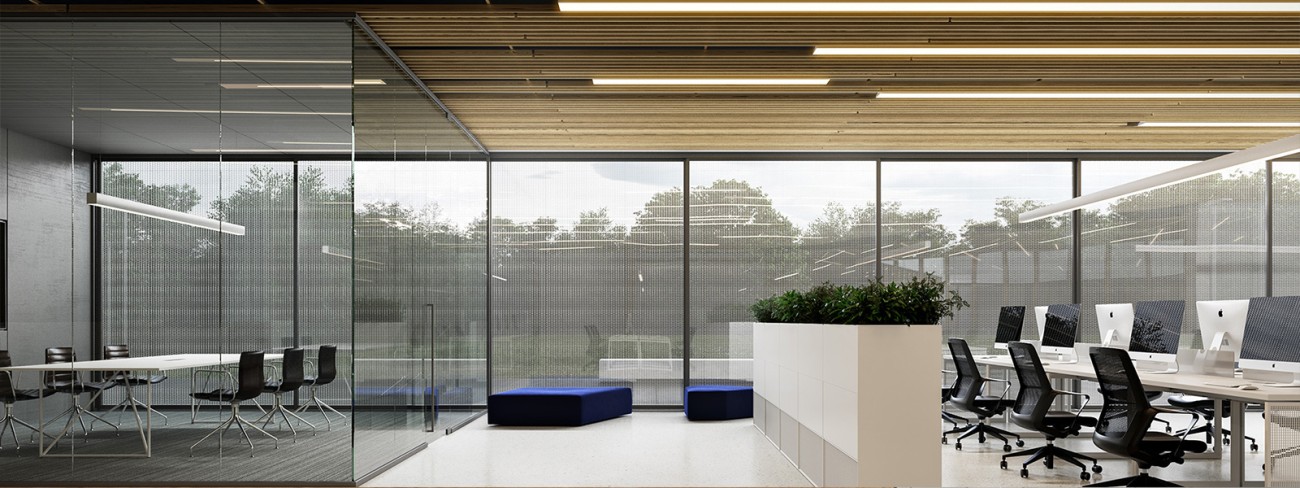
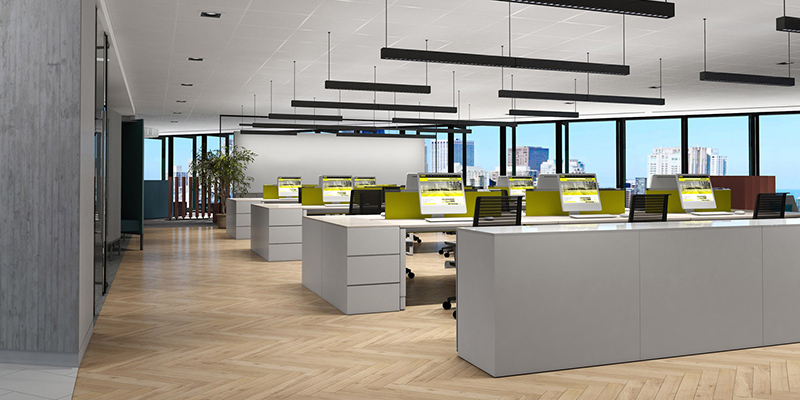
The Role of Natural Light
Natural light is a powerful source of illumination that should be harnessed whenever possible in office spaces. Access to daylight has been linked to improved mood, increased alertness, and better sleep patterns. Incorporating large windows and skylights in office design can help maximize the benefits of natural light. Studies have shown that employees exposed to natural light throughout the day tend to be more productive, experience reduced stress levels, and report higher job satisfaction.
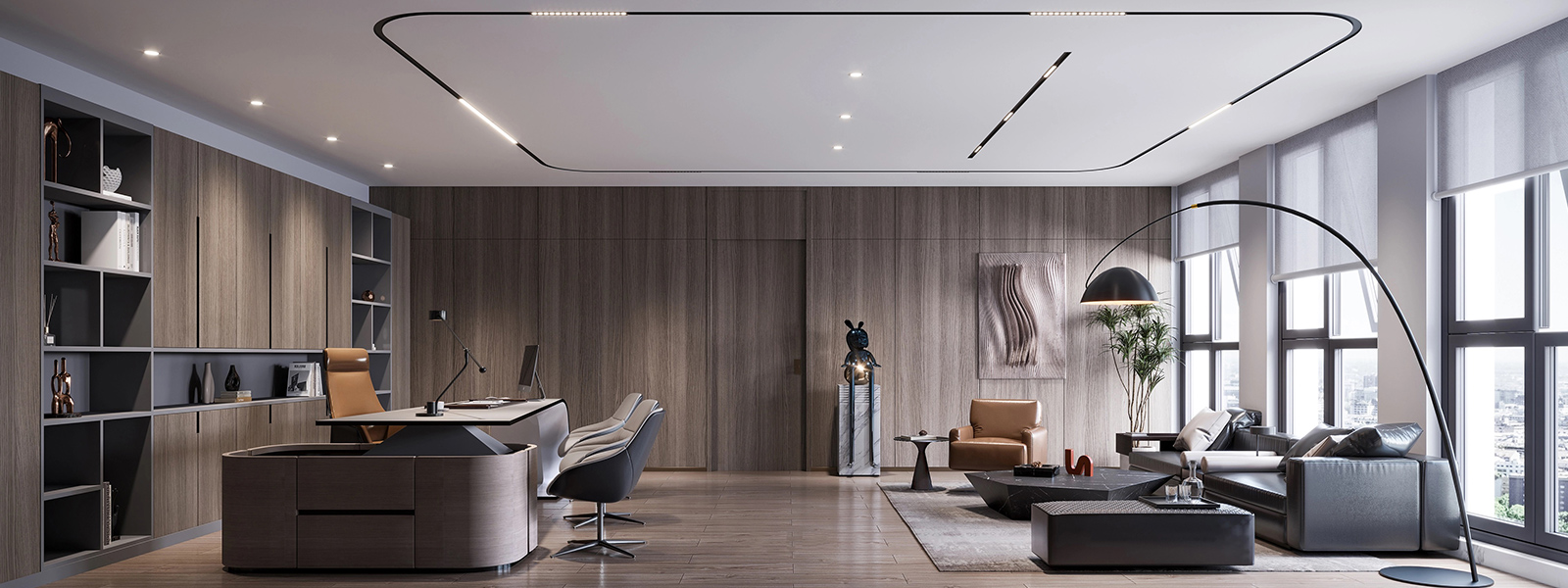
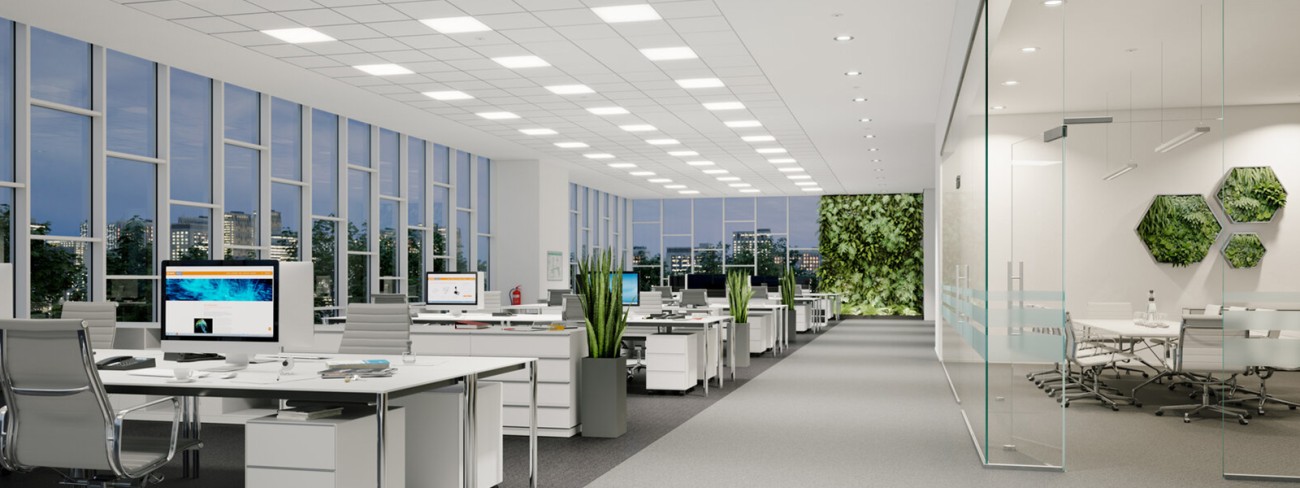
Artificial Lighting and its Impact
While natural light is desirable, artificial lighting plays a significant role in offices, especially during darker hours or in spaces with limited access to daylight. However, improper use of artificial lighting can lead to adverse effects, such as eye strain, fatigue, and reduced focus. It is essential to strike a balance between ambient lighting for a comfortable atmosphere and task lighting to support specific work tasks. Using adjustable lighting fixtures can enable employees to control their lighting, promoting a more personalized and adaptable environment.

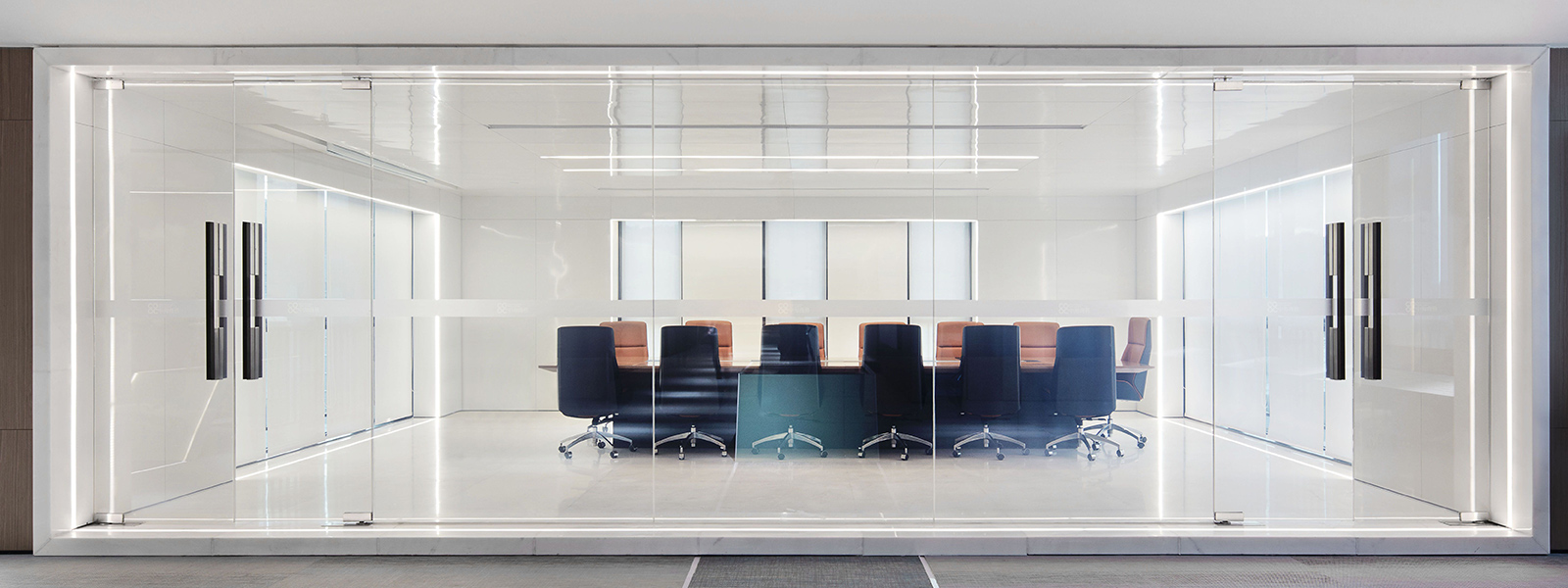
Considering Color Temperature
Color temperature, measured in Kelvin (K), is a crucial aspect of office lighting design. Cooler color temperatures (higher Kelvin values) are energizing and suitable for areas requiring focus and productivity, such as workstations and meeting rooms. Warmer color temperatures (lower Kelvin values) are more relaxing and create a comfortable ambiance for break areas and lounges. A thoughtful combination of color temperatures throughout the office can contribute to a harmonious and efficient workspace.
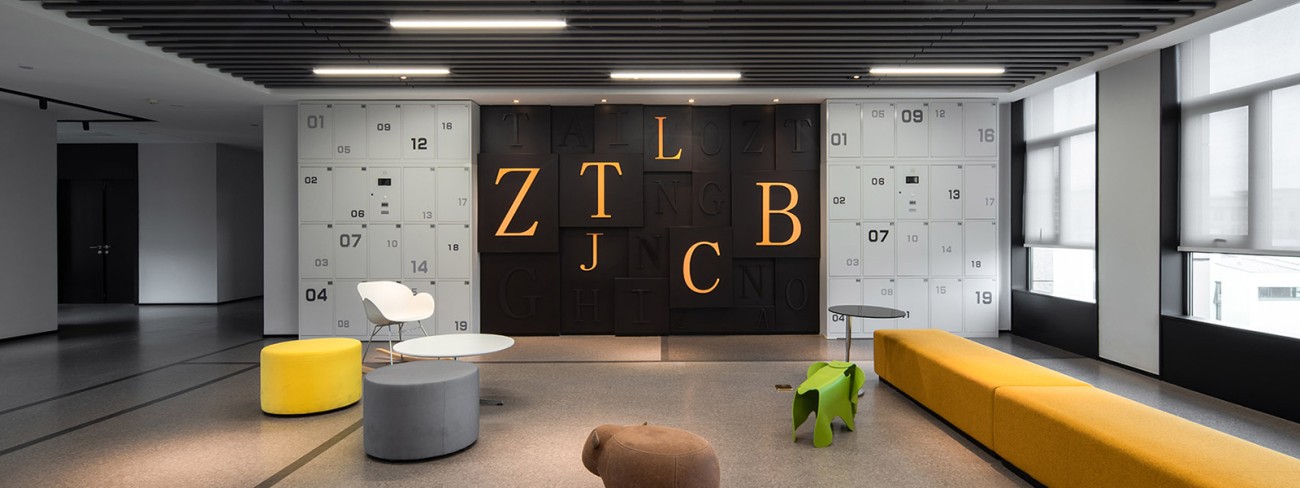
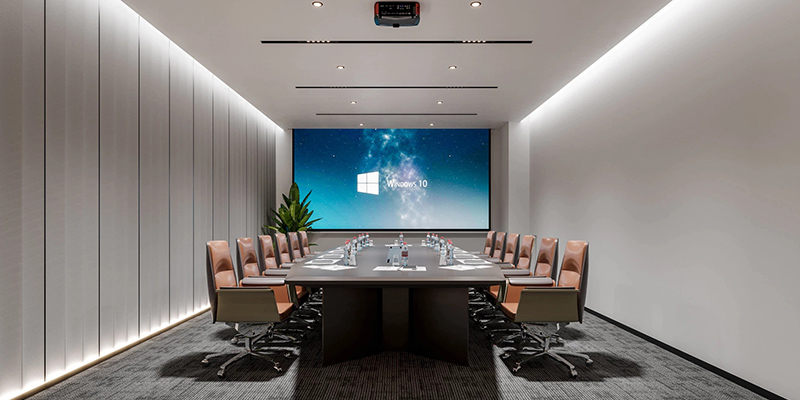
Addressing Glare and Shadows
Glare and shadows are common issues in office lighting that can cause discomfort and reduce productivity. Properly positioning lighting fixtures and using glare-reducing elements, such as diffusers and louvers, can mitigate these problems. Moreover, computer screens should be positioned to avoid direct glare from light sources. By addressing these concerns, employees can work comfortably without straining their eyes or experiencing visual fatigue.

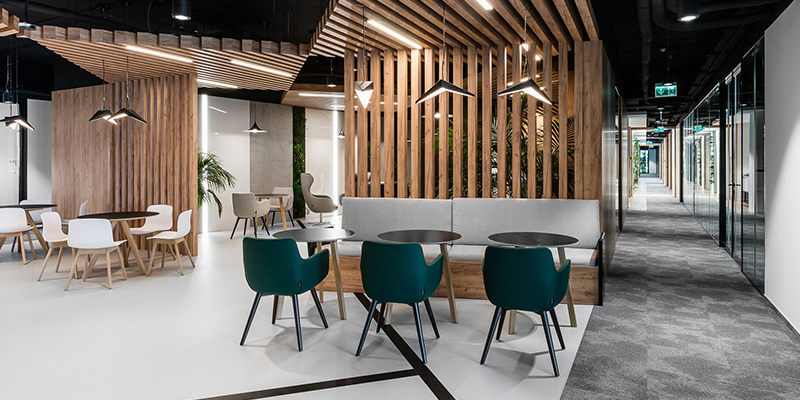
Energy Efficiency and Sustainability
In an era of increasing environmental consciousness, energy efficiency and sustainability are critical considerations in office lighting. Switching to energy-efficient LED lighting and implementing smart lighting systems can significantly reduce energy consumption and operational costs. Incorporating motion sensors and timers can also ensure that lights are only used when necessary, further contributing to eco-friendly practices. Emphasizing sustainability not only benefits the environment but also enhances a company's reputation and can attract environmentally-conscious clients and employees.
Do you need additional help?
OUR LATEST NEWS
What is Ambient Lighting in Interior Design? – All you need to know in 2024
-
Posted by
 Gilbert
Gilbert
Interior designer Statistics in the UK[2023 stats]
-
Posted by
 Gilbert
Gilbert
Electricians Statistics in the UK[2023 stats]
-
Posted by
 Gilbert
Gilbert


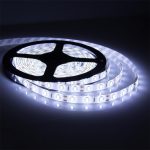 White LED Strip Lights
White LED Strip Lights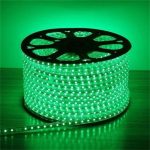 Green LED Strip Lights
Green LED Strip Lights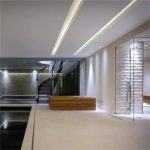 Ceiling LED Strip Lights
Ceiling LED Strip Lights Cuttable LED Light Strips
Cuttable LED Light Strips Garage LED Lighting Strips
Garage LED Lighting Strips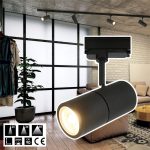 Modern Track Lighting
Modern Track Lighting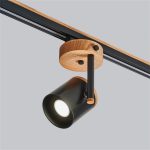 Ceiling Track Lighting
Ceiling Track Lighting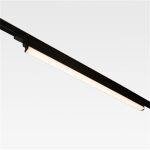 LED Linear Track Lighting
LED Linear Track Lighting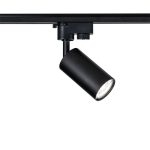 Black Track Lighting
Black Track Lighting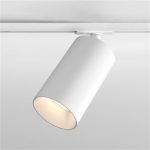 White Track Lighting
White Track Lighting Linear Ceiling Light
Linear Ceiling Light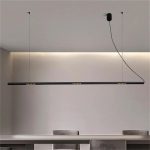 Modern Linear Lighting
Modern Linear Lighting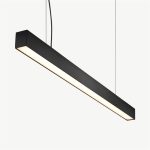 Black Linear Lighting
Black Linear Lighting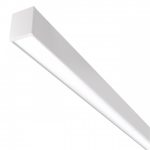 White Linear Lighting
White Linear Lighting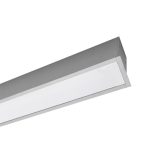 Recessed Linear Light
Recessed Linear Light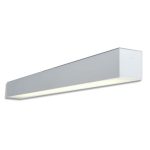 Surface Mounted LED Linear Lights
Surface Mounted LED Linear Lights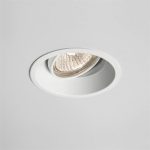 Recessed Spotlights
Recessed Spotlights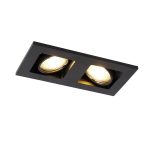 Black Spotlight
Black Spotlight White Spotlights
White Spotlights LED Panel Light 600×600
LED Panel Light 600×600 Kitchen Downlighting
Kitchen Downlighting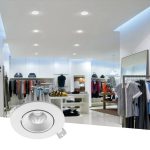 Commercial Downlights
Commercial Downlights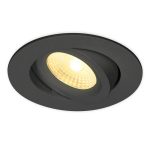 Black Downlights
Black Downlights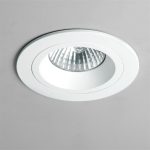 White Downlights
White Downlights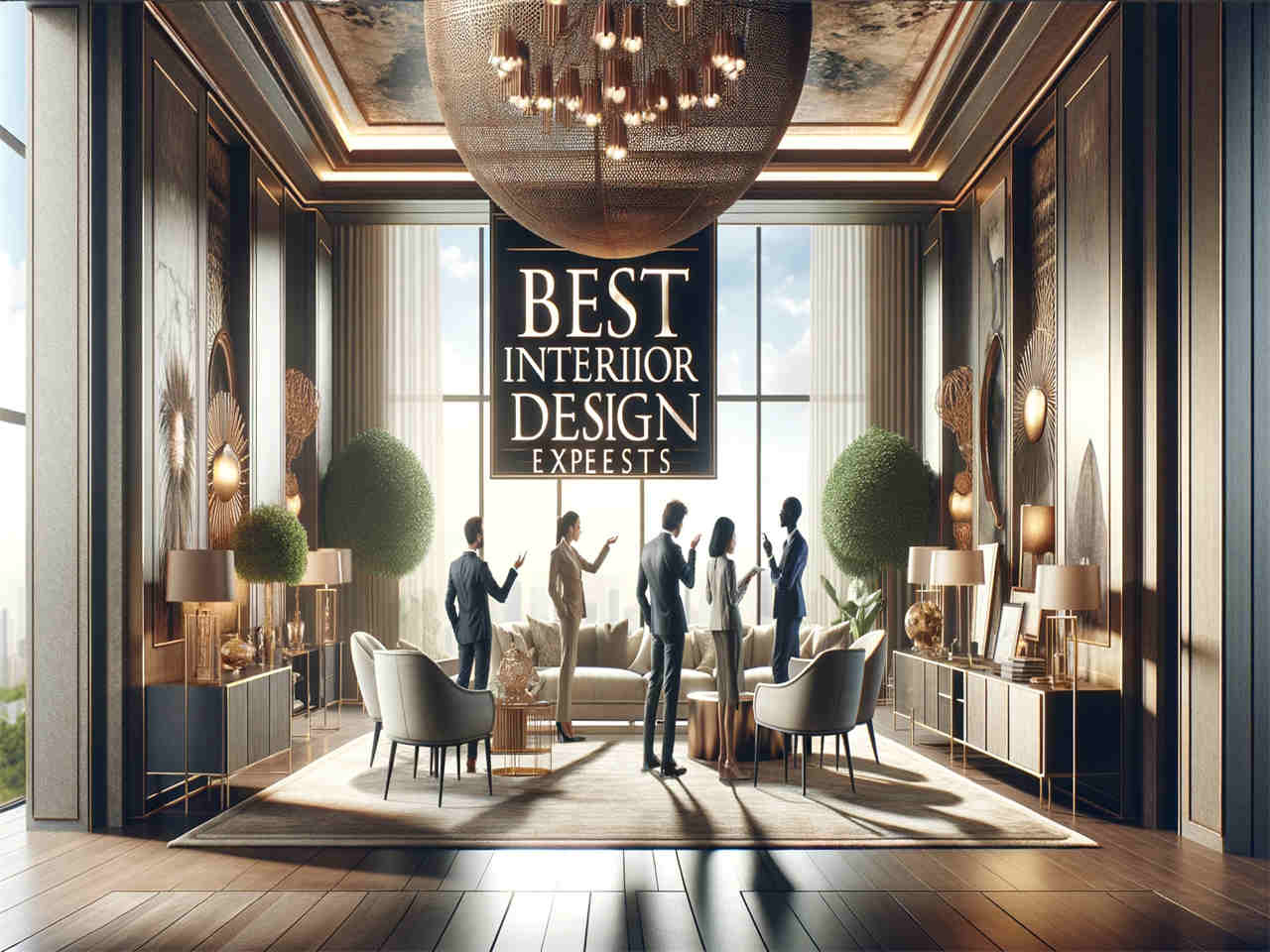
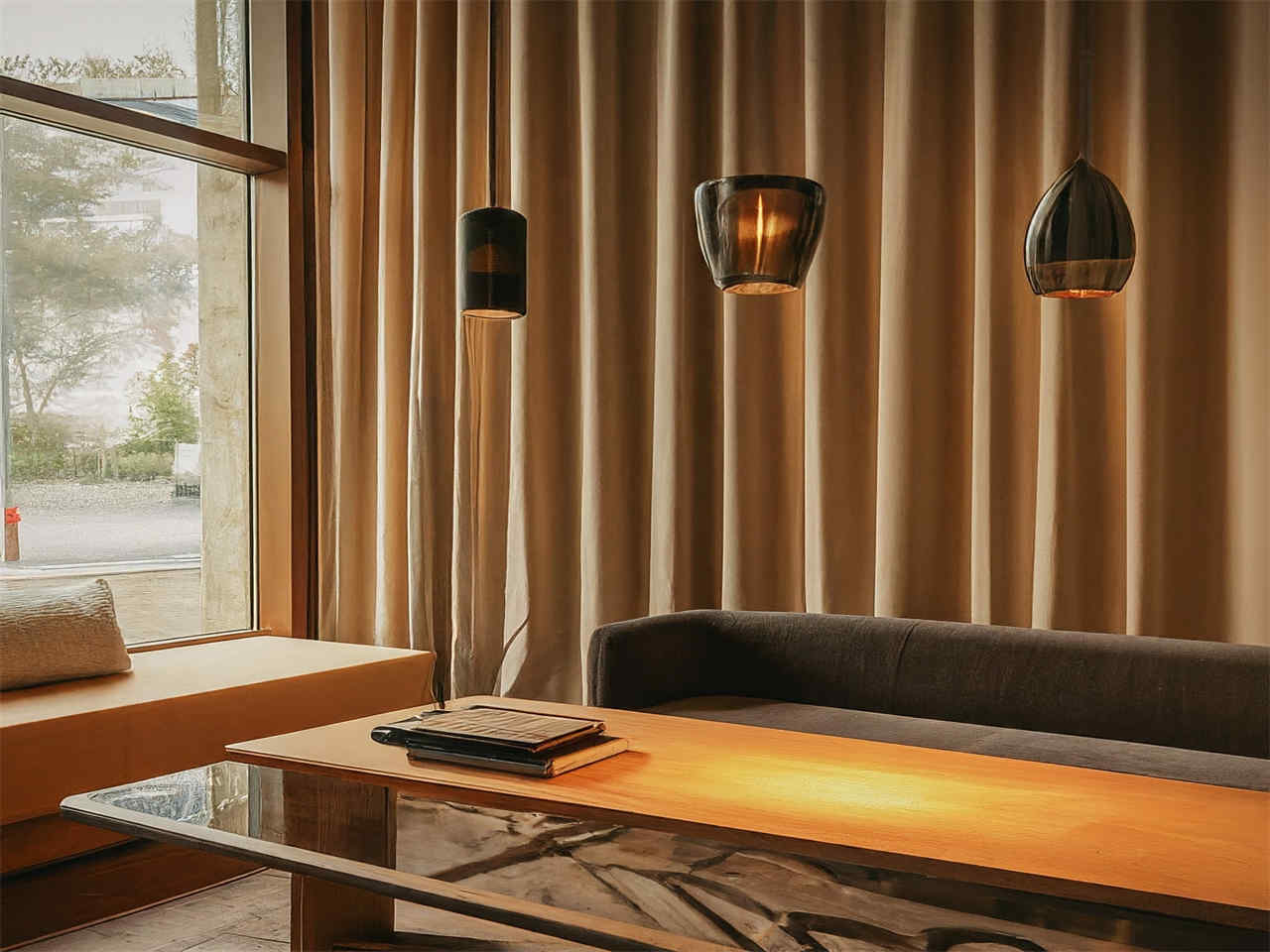
![Interior designer Statistics in the UK[2023 stats] -Article-All you need to know-DALL·E 2024 01 27 14.48.37 A large, eye catching photo designed for a report cover or a presentation slide. The theme is 'Interior Designers Stats UK'. The main focus is a very](https://www.kosoom.uk/wp-content/uploads/2024/01/DALL·E-2024-01-27-14.48.37-A-large-eye-catching-photo-designed-for-a-report-cover-or-a-presentation-slide.-The-theme-is-Interior-Designers-Stats-UK.-The-main-focus-is-a-very-.jpg)
![Electricians Statistics in the UK[2023 stats]-Article-All you need to know-DALL·~1](https://www.kosoom.uk/wp-content/uploads/2024/01/DALL·1-1.jpg)




